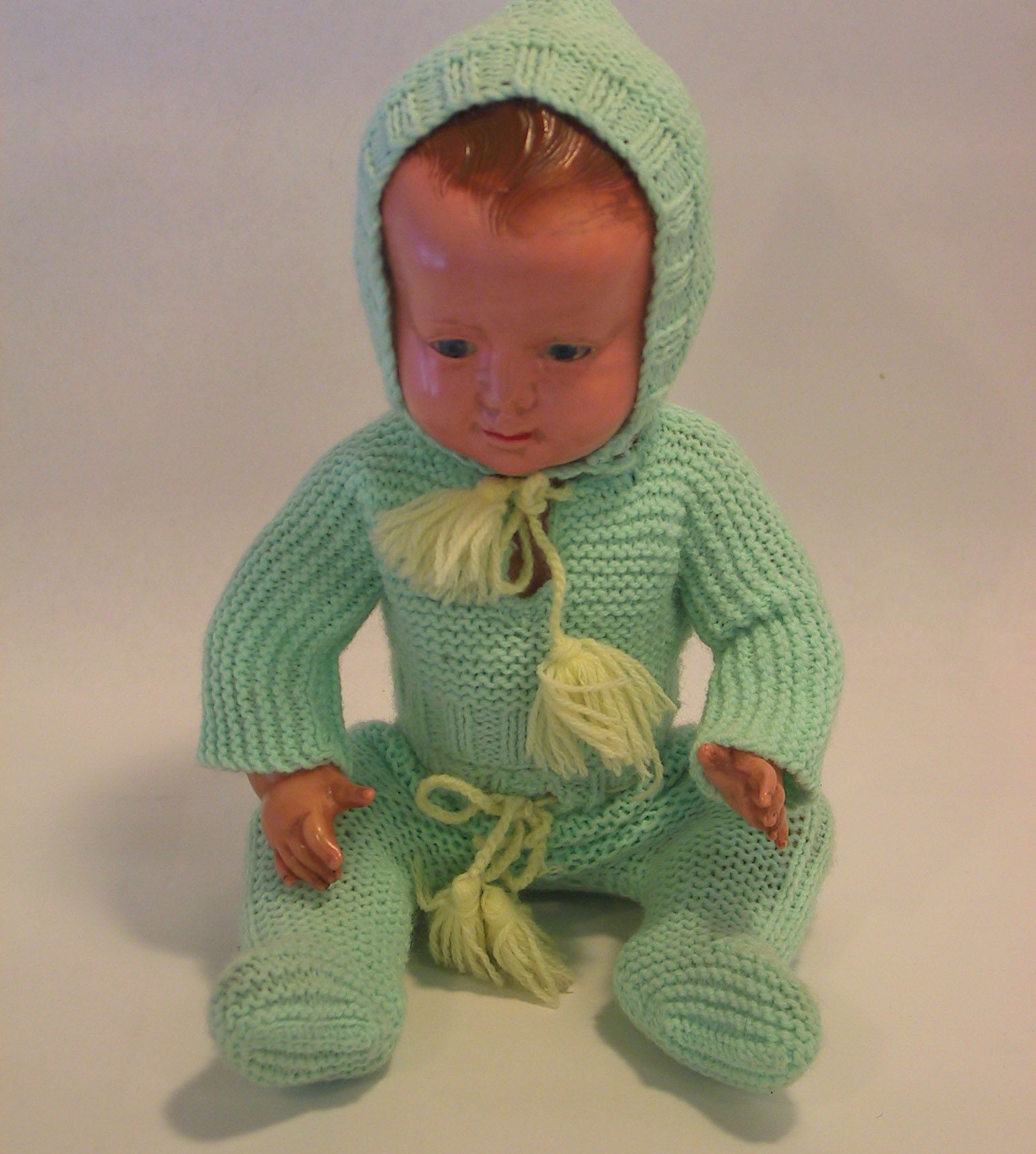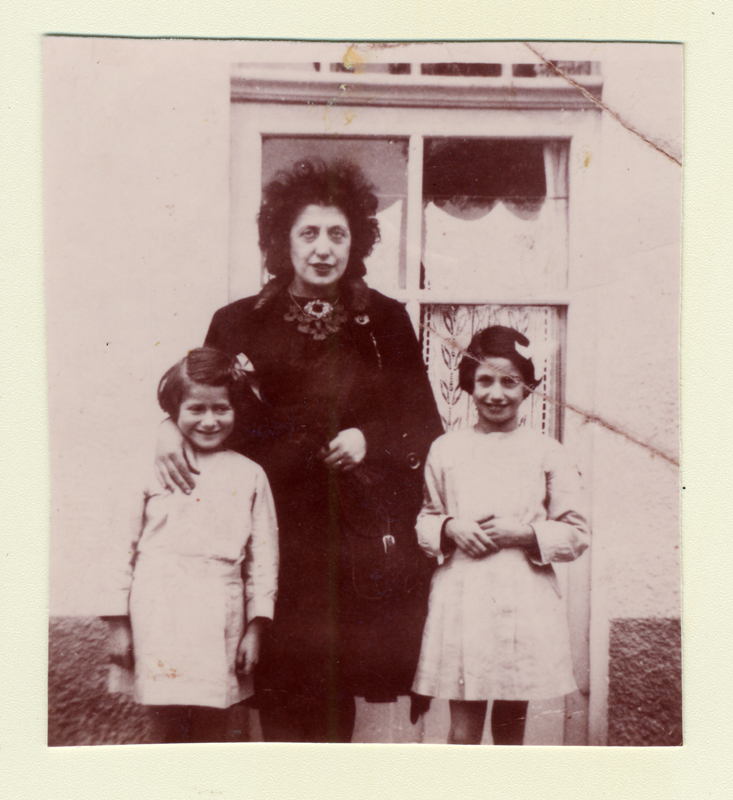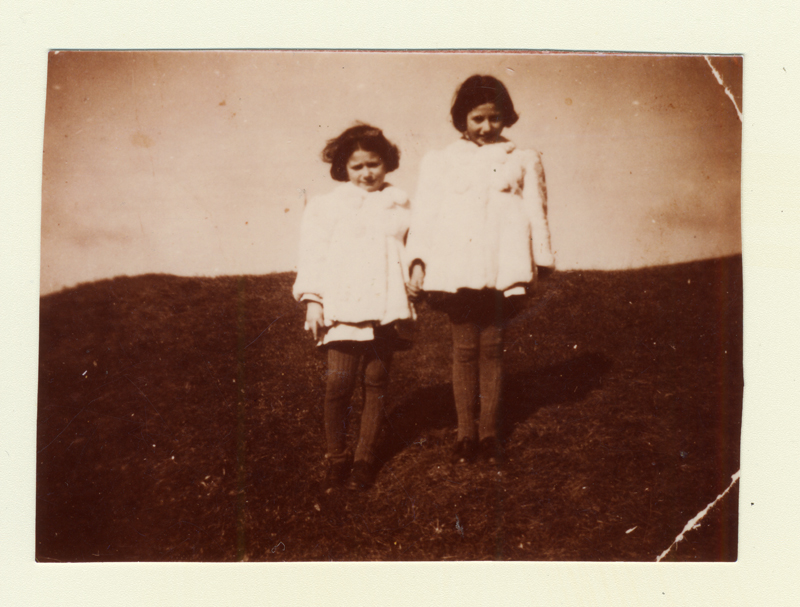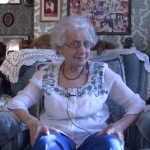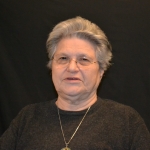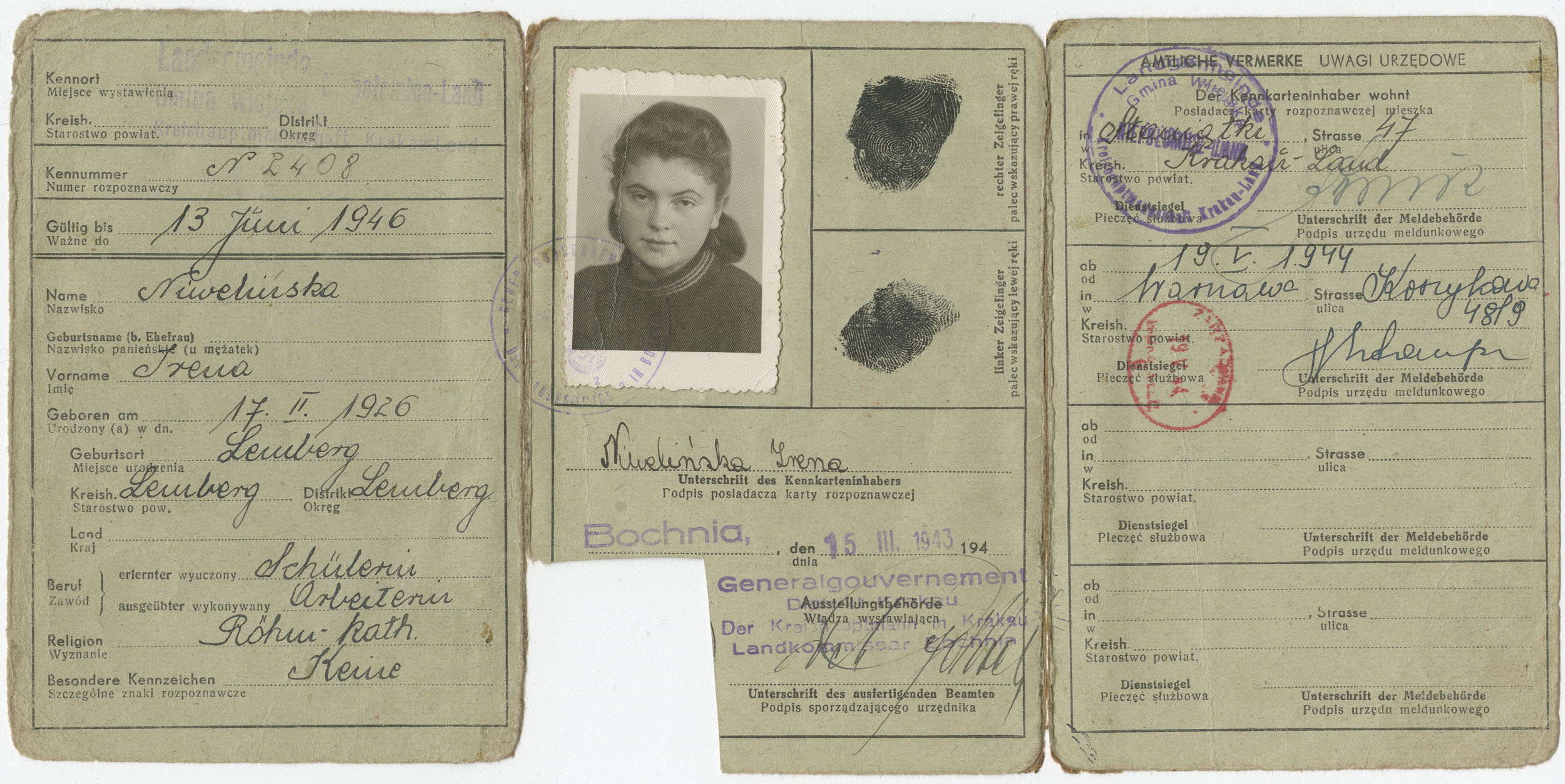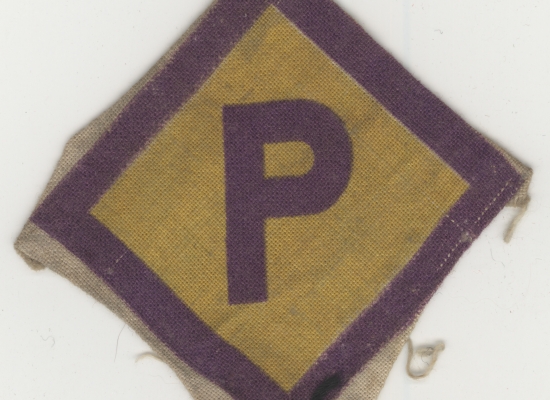Between 1940 and 1942, the Vichy government enacted policies that restricted the freedoms of the Jewish communities, Roma and Sinti, and people deemed “undesirable”. From 1942 to 1945, Marguerite and her older sister Henriette hid in farms and convents in order to survive the war. Away from their parents, the two sisters brought their most cherished toy while in hiding. To Marguerite, the bather doll was a source of comfort.
Oeuvre de Secours aux Enfants (OSE)
In 1942, discriminatory measures intensified in France. Jews had to wear a yellow star, and roundups were carried out in the occupied and free zones. Maurice Élias, Marguerite’s and Henriette’s father, was one of the victims of the roundups. He was arrested on August 20, 1941, and was sent to the Drancy internment camp. Between 1942 and 1944, more than 11,402 children were deported from France, and only about 300 of them survived. Fearing the worst for her daughters, Marguerite’s mother, who joined the Jewish resistance, placed her children in hiding under the protection of the OSE. This Jewish humanitarian organization helped the rescue of many children, providing false identity papers and placing children with foster families. OSE saved over 5,000 Jewish children in France during the Holocaust.
The bather doll, a companion in hiding
Marguerite and Henriette each chose a toy to accompany them into hiding. Marguerite took her “bather” doll, a gift her father had given her after the Armistice in 1940. The toy reminded her of a happier time with her father, Maurice Élias, before he was detained at Drancy in 1941 and deported and murdered at Auschwitz a year later. The doll accompanied Marguerite for three years in hiding and to the Chatenay family’s farm, where she and her sister stayed until Liberation.
Marguerite and Henriette were finally reunited with their mother after the Liberation.
Marguerite Élias Quddus donated her bather doll to the Montreal Holocaust Museum in 1991.
Discover Marguerite’s bather doll in 3D
This project is part of a grant from the Claims Conference.

